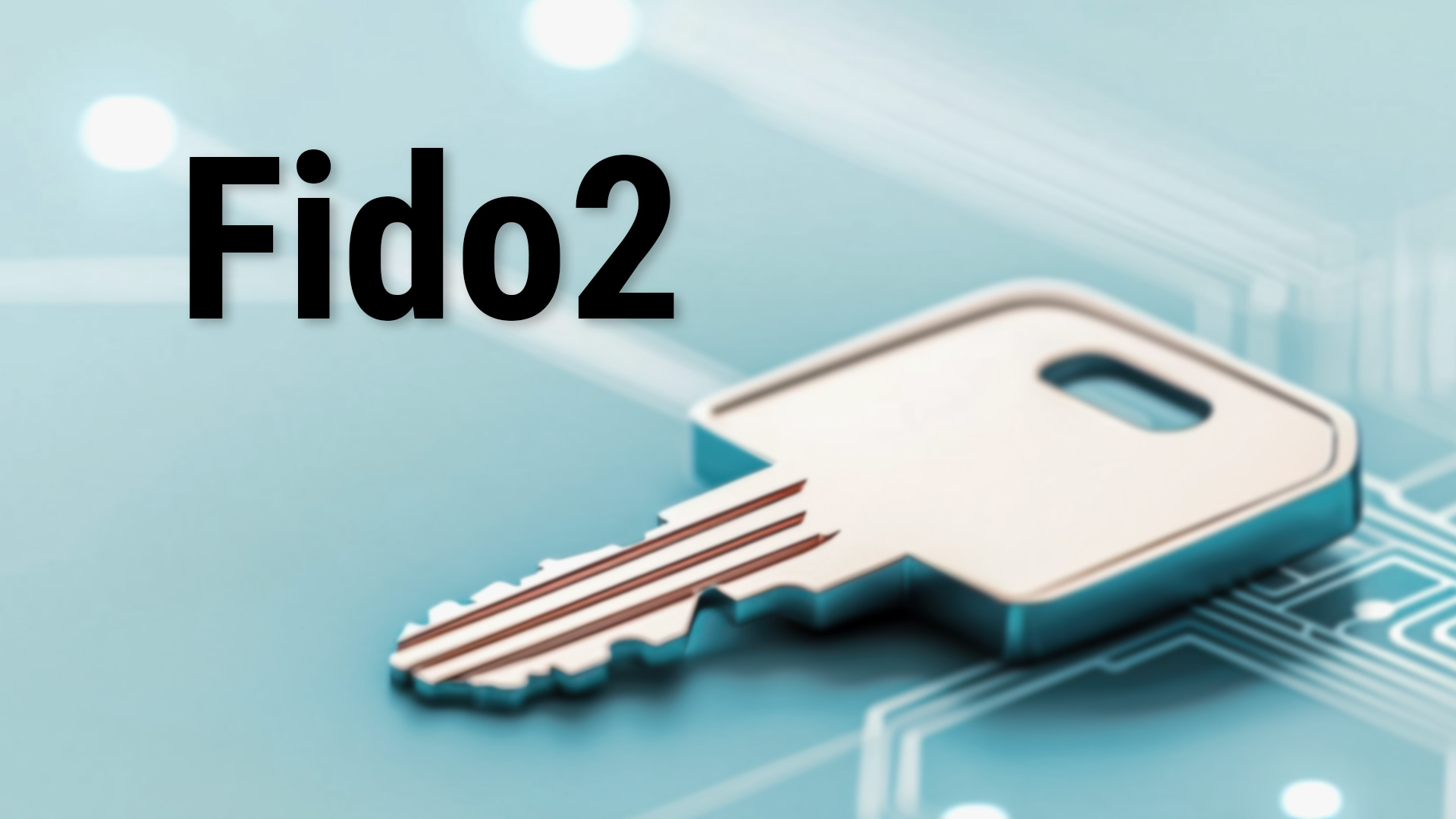Standards-based authentication ensuring cryptographic, phishing-proof access across devices and services.
Introduction
Passwords have long been the weakest link in digital security—susceptible to phishing, reuse, and theft. The FIDO2 standard replaces passwords with cryptographic credentials stored securely in hardware or on personal devices, enabling a faster, safer, and more intuitive authentication experience.
FIDO
The FIDO Alliance (Fast IDentity Online) was founded in 2012 by companies including PayPal, Lenovo, Infineon, Microsoft, Google, and Apple to create open standards for strong, user-friendly authentication. Working with the World Wide Web Consortium (W3C), the Alliance developed the FIDO family of protocols: U2F, UAF, and FIDO2. Together, these standards enable passwordless and phishing-resistant login across web, mobile, and enterprise environments.
U2F and FIDO2
FIDO’s first standard, U2F (Universal Second Factor), introduced a hardware key that added strong cryptographic protection to password logins. Each device created a unique key pair per service, ensuring privacy and resilience against credential reuse or phishing. FIDO2 built on this foundation by combining WebAuthn (a W3C web API) and CTAP (Client-to-Authenticator Protocol), allowing browsers and operating systems to communicate directly with authenticators like USB keys, phones, and smartcards. This combination makes FIDO2 the universal standard for passwordless authentication.
When a user registers, a FIDO2 authenticator creates a cryptographic key pair. The public key is stored by the service provider, while the private key never leaves the device. Login requires a local action—touch, PIN, or biometric verification—to complete a cryptographic challenge. Since the authenticator verifies the web origin before signing, phishing is effectively neutralized. The process is fast, user-friendly, and inherently secure.
FIDO2 supports multi-factor authentication (MFA) models that combine possession (the device), knowledge (a PIN), and inherence (biometrics). These factors are verified locally, never transmitted or stored on remote servers. This architecture satisfies strong security requirements such as PSD2 and NIST 800-63-3.
APPSCARD Approach
The APPSCARD offering extends FIDO2 to new levels of privacy and portability. The card integrates biometric capture, matching, and cryptographic operations directly within a tamper-resistant device. Biometric data never leaves the card, ensuring full data sovereignty. Used as a hardware authenticator, a BSoC provides government-grade assurance, contactless convenience, and compatibility with existing FIDO2 infrastructures.
The APPSCARD solution uniquely adds government grade biometrics into the equation – delivering maximum security and superior biometric performance without insecure fallbacks.
Summary
FIDO2 replaces passwords with cryptographic trust, while BSoC technology brings it to a compact, personal device that unites security, privacy, and convenience—defining the future of passwordless authentication. And government grade biometrics enables delivering towards this promise in real life.





